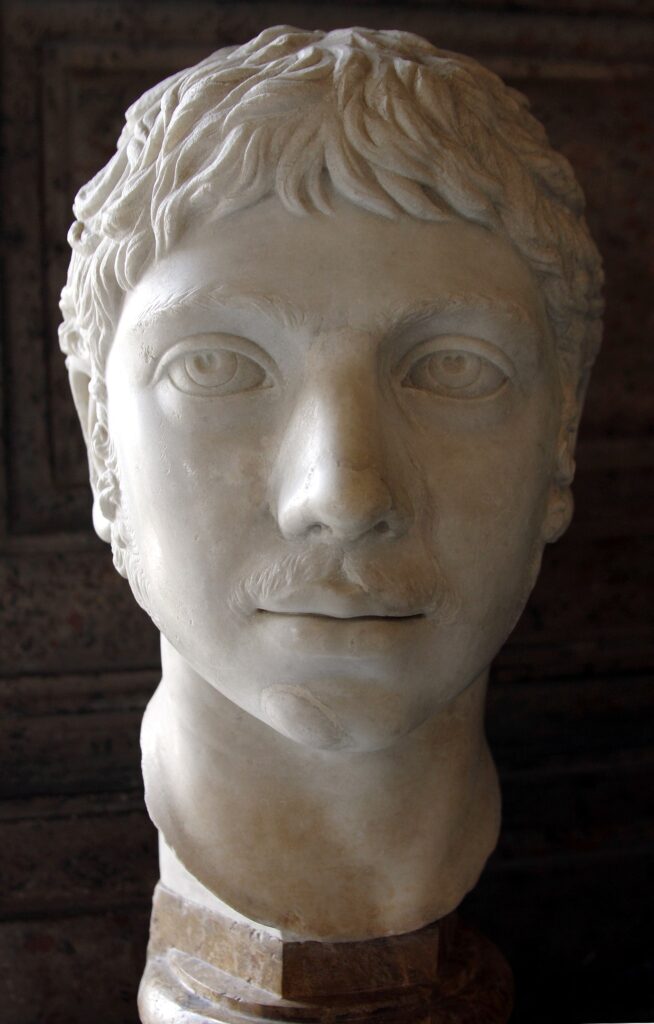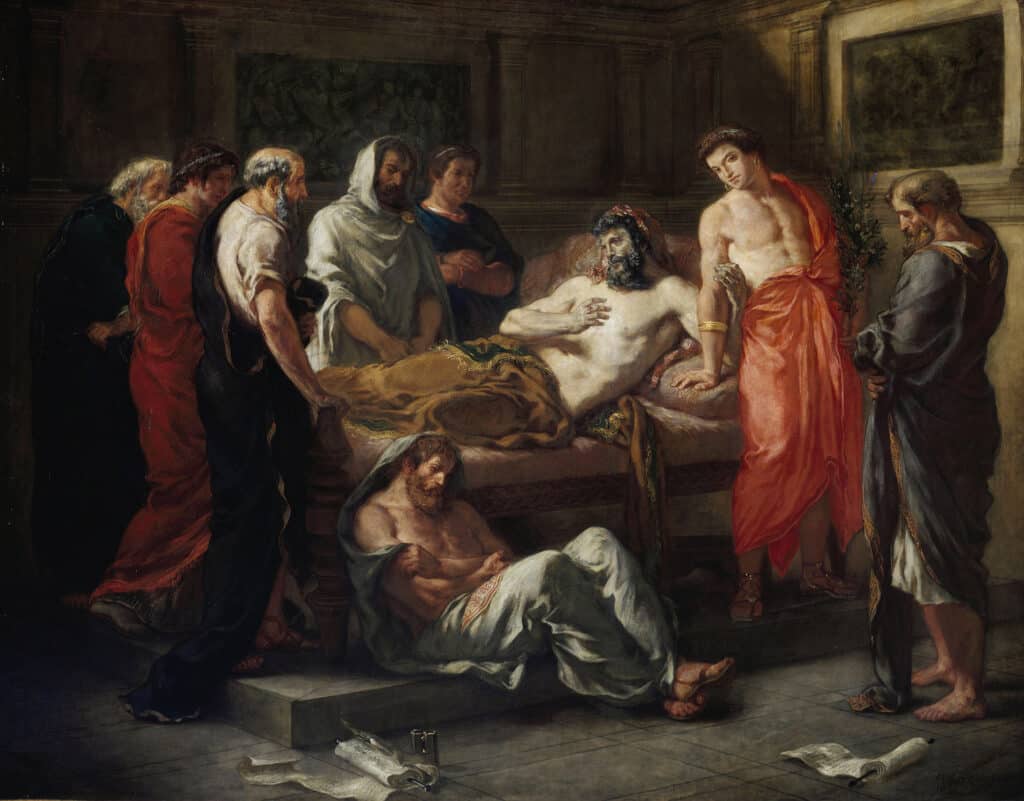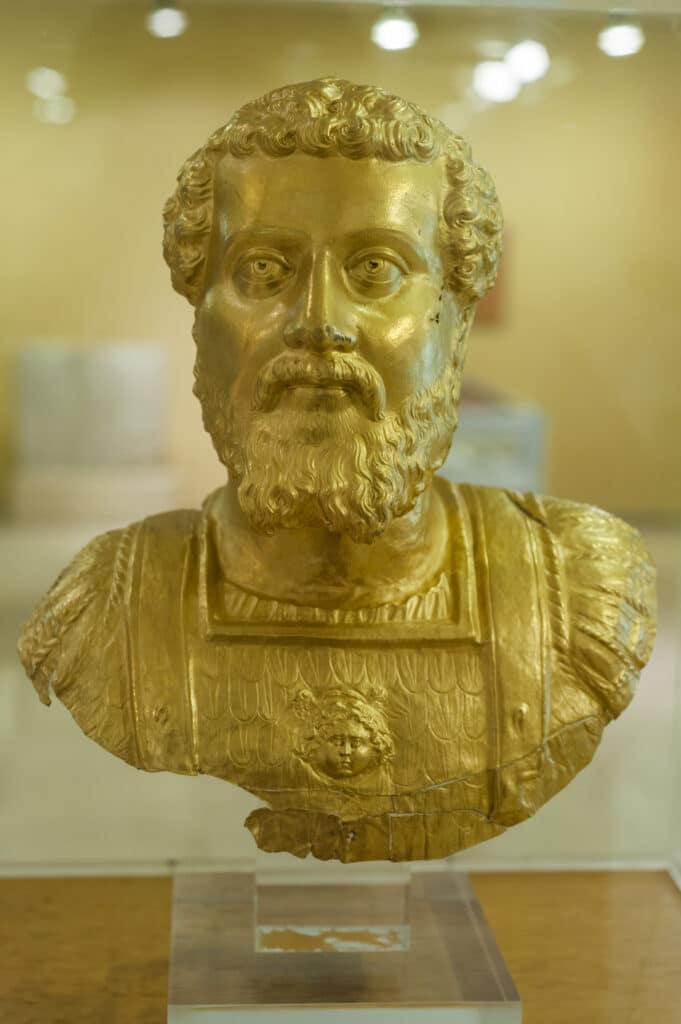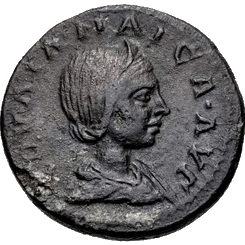This Week in History recalls memorable and decisive events and personalities of the past.
11th March 222 Roman Emperor Elagabalus is murdered alongside his mother, Julia Soaemias

While much of the public’s image of the later years of the Roman Empire are coloured with inaccurate visions of opulent decadence, there was a short-lived though controversial emperor in the Third Century who does match this view of later Rome. He was the teen emperor, Elagabalus.
Elagabalus is actually a nickname, given to him in later years by hostile historians. His imperial name was Marcus Aurelius Antoninus, and his name at birth was Sextus Varius Avitus Bassianus.
He was born in the year 204 into a Roman-Arab noble family from Syria. Due to his incredible unpopularity during his reign, much of what is written about him could be slander or exaggeration, so modern readers should consider many of the supposed or reported details of his life with some scepticism.
Elagabalus was born into a setting in which the Roman Empire dominated the Mediterranean world.

The empire had been unchallenged in its dominance for more than three centuries. It was however on the verge of crisis. After the reign of the good so-called Five Emperors, which ended with Marcus Aurelius in 180, the Roman Empire had suffered from growing internal conflict and mismanagement.

Aurelius had passed rule to his son Commodus, who became the first emperor to be assassinated since Domitian in 96. This was followed by a chaotic civil war that saw the rise to power of Septimius Severus, an emperor who moved the empire away from the more subtle dictatorship established by Augustus in 27 B.C. Severus created a far more militarised and brutal Roman government. He also began the serious debasement of the currency which would cause major economic problems for the Romans in later decades.

Severus was succeeded by his two sons, Caracalla and Geta.
Caracalla soon murdered his brother, and went on to perpetrate a wave of massacres against political opponents. After six years of lone rule, Caracalla himself was murdered.
He was replaced by a man called Macrinus, who was the first emperor to be from the Equestrian class, the second highest class in Roman society, rather than the senatorial class as all previous emperors had been. This would begin a trend of expanding eligibility for the position of emperor, which would see men such as Maximinus Thrax, essentially a former provincial bandit, becoming emperor in 235.

Macrinus did not last long on the throne; he was assassinated in June 218 after a plot by Julia Maesa, who convinced members of the Roman army that her grandson, Elagabalus, a cousin of Caracalla, may in fact be the secret son of Caracalla. Unhappy with Macrinus, these soldiers rose up and murdered him, placing Elagabalus on the throne at the age of 14. This essentially placed Julia Maesa, and her daughter Julia Soaemias in de facto control of the Roman Empire.

Early on in his childhood, Elagabalus had become a priest of the Syrian sun god, Elagabal, and would remain fiercely devoted to this god for his whole life, even attempting to force his worship into the highest reaches of Roman society, where the traditional Roman gods like Jupiter and Mars were still venerated. This would earn the scorn of the Roman elite who would quickly come to detest this foreign-born child who subverted Rome’s traditions.
Elagabalus was also famously sexually unorthodox. However, many of the claims made about him were written by historians who detested him, so it is unclear how much of this is true. He was reportedly married and divorced numerous times to both men and women and had a host of both male and female lovers. Some Roman writers also suggest that he had a fluid gender identity, often dressing up as a woman and expressing a desire to be female.
Roman society was very patriarchal, and rulers were expected to express an aggressive, masculine, stoic and militaristic attitude; as a result, his reportedly effeminate nature greatly diminished his standing within the Roman political elite. Very quickly he became widely hated.
His growing unpopularity saw the architect of his power, his grandmother, turn against him. She devised a plan to replace him with her other daughter’s child, Severus Alexander. She managed to get Elagabalus to name Severus as his heir.
Elagabalus tried to reverse this decision and have Severus killed, but a riot by the imperial bodyguard forced the two of them to go before the assembled bodyguards together. The guards cheered Severus, and when Elagabalus ordered their arrest, they turned on him and murdered him and his mother.
Having ruled for just four years, Elagabalus died at the age of 18.

Severus Alexander would rule for the next 13 years, but struggled to hold the empire together, and was ultimately assassinated. His death would plunge the empire into the disastrous ‘Crisis of the Third Century’, a 50-year period of chaos during which the Roman Empire very nearly collapsed.
If you like what you have just read, support the Daily Friend

